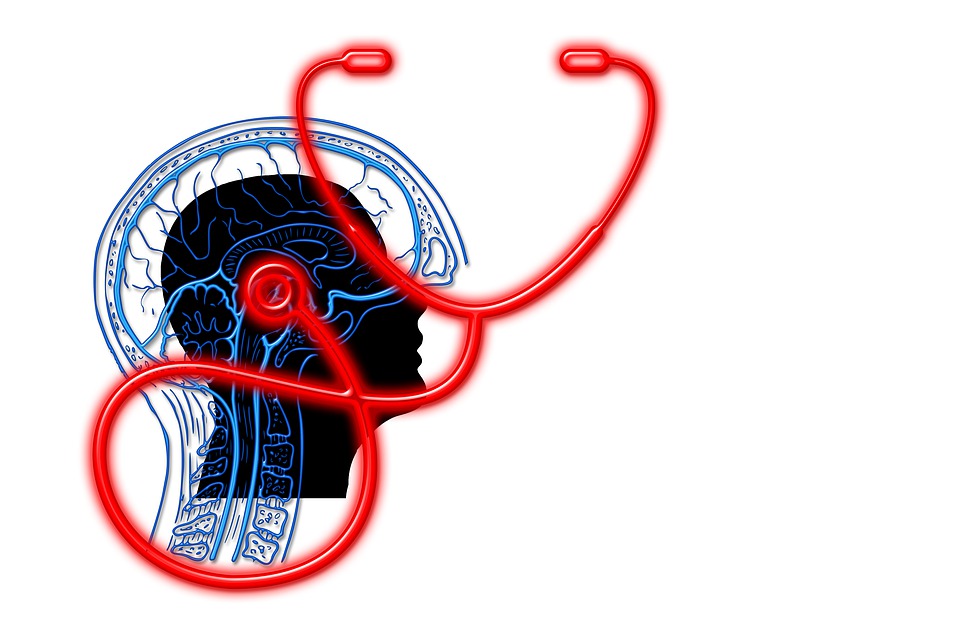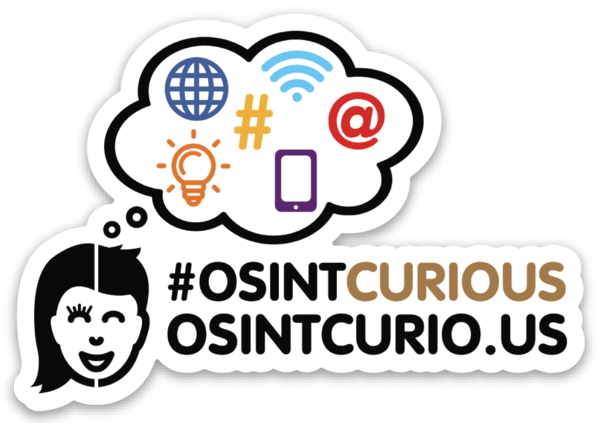To be clear, online OSINT investigations can cause trauma, severe trauma. This is something that people rarely talk about and it’s highly underestimated by many.
Let’s face it a lot of OSINT analysts, online investigators, and investigative journalists expose themselves a lot to all the horrors this world has to offer. War, child abuse, and terrorism are just a few subjects. Each of these subjects receive a lot of attention from online investigative enthusiasts and experts. But also from curious people who heard something on the radio for instance. They dive right into it online whilst getting exposed to serious traumatic images, videos, and sounds. In consequence, people can get exposed to something that medical experts call Vicarious Trauma.
Vicarious trauma

Vicarious Trauma (VT), often also called Secondary Traumatic Stress (STS) is a form of trauma where someone who tries to help, let’s call those people ‘helpers’, are often exposed to traumatic material that in turn can cause trauma. This is quite logical once you really look at this problem. Helpers are highly motivated people who try to make the world a better place. This, in turn, motivates them to go down the extra mile to reach their goals. For example, look at firefighters, police, hospital personnel, they are also the same type of helper. They want to help those who get exposed to traumatic events. With this, they get exposed to scary, horrific, life-threatening and deadly events. By seeing wounded, scared or dead people very often this thing can get ‘under your skin’ and traumatize you. The very same is true for online OSINT investigators. They are the same type of helpers. They expose themselves to similar horrific and traumatic events to find answers and seek for the truth.
They get that secondary exposure very often which could – if they do not take care of themselves – lead to Vicarious Trauma.
Signs of Vicarious Trauma
Signs of Vicarious Trauma are mostly not different from ‘normal’ trauma. Below is a list of the most common signs:
- Sadness
- Grief
- Irritability
- Mood Swings
- Insomnia
- Nightmares
- Social Withdrawal
- Aggression
- Being more sensitive to violence
- Cynicism
- Sexual Difficulties
Things like being unmotivated to work, do sports, or go out with friends can also be a sign of trauma. It often starts with small signs which initially get waved away by many saying : “Oh it’s nothing! It’ll go away. I’ve just been a bit too busy lately”.
Vicarious Trauma and OSINT
It’s not uncommon for online OSINT investigators to work alone in their home office or isolated in their cubicle at the office, not even speaking with anyone for days. They are caught up in what they do because they have a goal and are highly motivated to work on this case. They can spend days looking at terrorist bombing footage with the most horrific scenes, and sounds entering their eyes, ears and minds. And with high resolution images and videos, including stereo sound, it’s sometimes just like you are witnessing it live. Employers and investigators tend to forget that being exposed to these amounts of traumatizing footage isn’t normal. This is not just work you can leave at the office once your shift is over. This continues to grow in your mind once you close your computer or smartphone. And even then, the internet never sleeps. When you are home and you open up your laptop or smartphone your social media timelines and news outlets expose you again to the horrors of the world.

This always reminds me of my time back at Law Enforcement, where I worked on a lot of online counter-terrorism cases. During the so-called Islamic State’s rise, I was continuously searching for new terrorist cells, footage of foreign fighters to identify any threats as well as suspects to my country. With that, I watched hundreds and hundreds of hours of people being killed, tortured, and other brutal war propaganda. This was my job, and we were trained to a certain extent to take regular breaks from our online investigations. But I remember vividly that one day during the period where an Islamic State cell attacked Paris, and somehow, it became a bit too overwhelming for me. I worked 10 to 12 hrs tracking terrorists online, and when I took my car home, the radio news was talking about the attacks and victims. I came back, and my neighbour came out and asked me: “did you see the news?”. And at home, the family wanted to discuss these horrifying events. The 8 o’clock news was only about terrorism in the world. It just didn’t stop. For me, as an investigator, it didn’t seem to stop. It felt like you work for days without having a break or a weekend off. The mind was always on high alert.
And let’s be honest a normal person does not get exposed to child abuse, terrorism, murder, or other traumatic events on a daily or weekly basis. A normal person will witness a traffic accident or become the victim of a bar fight for example, but these are events that happen perhaps a couple of times in their lives at most.
Online OSINT investigators expose themselves to events that can cause serious Vicarious Trauma just because they are so motivated to seek the truth whilst forgetting themselves and their loved ones.
But an Online OSINT investigator, employers, and colleagues can set up procedures as well as measures to prevent this from happening or at least be able to see the signs at an early stage.
Practical tips to prevent getting Vicarious Trauma
Here are some tips which can really help you as an Online OSINT Investigator to do your research whilst not exposing yourself to distressing and traumatic content. Keep in mind that these are tips coming from having worked over 20 years at law enforcement and having been exposed to traumatic incidents for long periods of time. I am not a medical professional but I am experienced with this subject matter.
For these tips, the main thing is that you want to prevent that certain images or footage stick in your mind forever or traumatize you in such a way that you need help or even come to a point that the trauma is irreversible.
Here are some techniques to prevent images, video and audio from impacting your mind and soul:
- If possible turn off the audio while looking at horrific footage. The impact of what you are exposed to will be less harmful once the audio is turned off or is at a very low volume.
- Do not use headphones if it isn’t essential. Again, horrific footage is more impactful with than without any audio.
- Graphic content has proven to have less impact on the mind once the colours are not there. So sometimes it helps to turn an image into black and white. You can still examine details for, for instance, geolocating but you won’t see the colour of the blood of victims.
- Same counts for graphic video footage, once in black and white (and preferably without sound) the impact will be less on the brain long term.
- Step away from your computer, device often. Take a coffee break away from your case. Talk to someone for a few minutes, not at all related to the traumatic things you are working on. The short breaks are just as crucial as long breaks. It’s all about letting totally go for some time.
- Watch certain footage with someone else instead of alone. This will immediately help you process that traumatic moment.
- Look at the footage outside on a smaller screen and NOT on your office screen. Outside will help to get some distraction from the sounds you hear (e.g. cars, children playing, bird, the wind etc.) And footage tends to have less impact on a smaller screen, especially when watched in a public space.
- Don’t bring your work home. Meaning DO NOT continue to work on that case out of office hours unless it is really necessary. And also DO NOT expose yourself to the same subject matter once at home. Otherwise, the footage keeps entering your mind.
- For professionals (and employers) doing this on a daily basis, I’d highly suggest setting up a mental check-up program. For instance, talk to a (Vicarious) Trauma specialist or psychologist every 2 to 3 months just to see if they pick up any signs that you don’t see or don’t want to admit.
- DO NOT ever act tough! Be human! Say when something is enough or has too much of an impact on you. It’s ok to show emotions when confronted with traumatic incidents.
- Set boundaries with your employer and most importantly, set boundaries for yourself. Because once it is too late the road back to feeling ‘normal’ is a very ,very long one.
Conclusion
Vicarious Trauma is real. Do not underestimate the impact of being traumatized. This can cause serious physical and mental health issues which in some cases might never go away.
Try to take the tips into account while working on Online OSINT investigations. You can even standardize them as a procedure in companion with an overall Vicarious Trauma mental check-up program. Most importantly, listen to yourself and the people around you. Your nearest people are the ones who will be able to spot signs – even before you do. Listen to them. Likewise, look out for signs you might pick up from fellow online OSINT investigators and help them prevent getting Vicarious Trauma.
